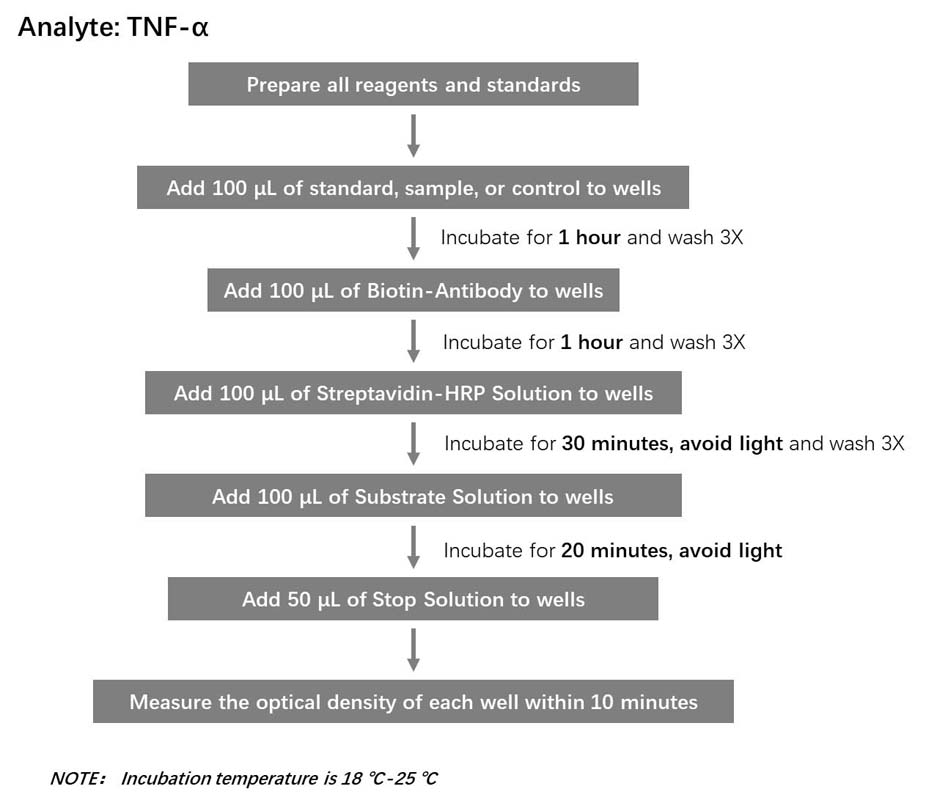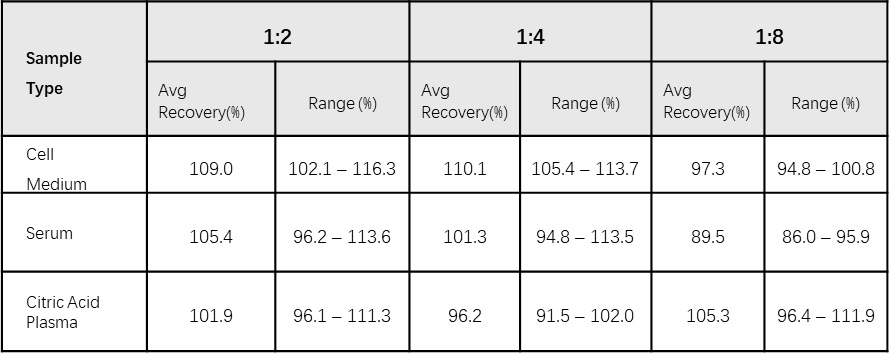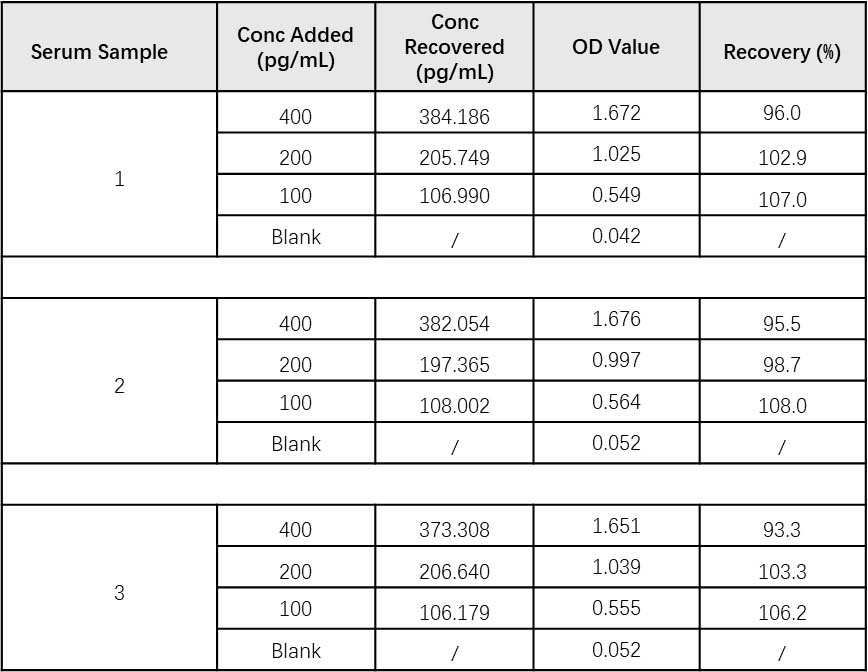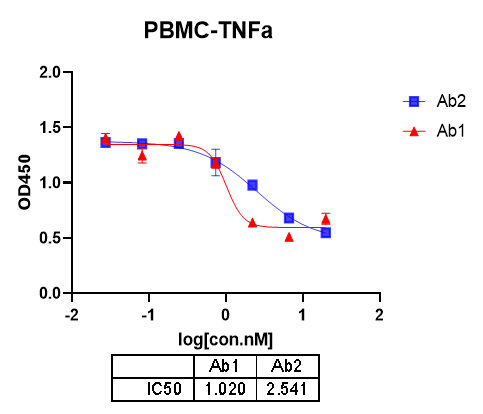Lactiplantibacillus plantarum FRT4 protects against fatty liver hemorrhage syndrome: regulating gut microbiota and FoxO/TLR-4/NF-κB signaling pathway in laying hensLi, Meng, Liu
et alMicrobiome (2025) 13 (1), 88
Abstract: Fatty liver hemorrhage syndrome (FLHS) has become one of the major factors leading to the death of laying hen in caged egg production. FLHS is commonly associated with lipid peroxidation, hepatocyte injury, decreased antioxidant capacity, and inflammation. However, there are limited evidences regarding the preventive effect of Lactiplantibacillus plantarum on FLHS in laying hens and its mechanisms. Our previous results showed that Lp. plantarum FRT4 alleviated FLHS by regulating lipid metabolism, but did not focus on its antioxidant and anti-inflammatory functions and mechanisms. Therefore, this study aimed to investigate the preventive mechanisms of Lp. plantarum FRT4 in alleviating FLHS, with a focus on its role in antioxidant activity and inflammation regulation.Supplementation with Lp. plantarum FRT4 enhanced the levels of T-AOC, T-SOD, and GSH-Px, while reducing the levels of TNF-α, IL-1β, IL-8, and NLRP3 in the liver and ovary of laying hens. Additionally, Lp. plantarum FRT4 upregulated the mRNA expressions of SOD1, SOD2, CAT, and GPX1, downregulated the mRNA expressions of pro-inflammatory factors IL-1β, IL-6, and NLRP3, and upregulated the mRNA expressions of anti-inflammatory factors IL-4 and IL-10. Lp. plantarum FRT4 improved the structure and metabolic functions of gut microbiota, and regulated the relative abundances of dominant phyla (Bacteroidetes, Firmicute, and Proteobacteria) and genera (Prevotella and Alistipes). Additionally, it influenced key KEGG pathways, including tryptophan metabolism, amino sugar and nucleotide sugar metabolism, insulin signaling pathway, FoxO signaling pathway. Spearman analysis revealed that the abundance of microbiota at different taxonomic levels was closely related to antioxidant enzymes and inflammatory factors. Furthermore, Lp. plantarum FRT4 modulated the mRNA expressions of related factors in the FoxO/TLR-4/NF-κB signaling pathway by regulating gut microbiota. Moreover, the levels of E2, FSH, and VTG were significantly increased in the ovary after Lp. plantarum FRT4 intervention.Lp. plantarum FRT4 effectively ameliorates FLHS in laying hens. This efficacy is attributed to its antioxidant and anti-inflammatory properties, which are mediated by modulating the structure and function of gut microbiota, and further intervening in the FoxO/TLR-4/NF-κB signaling pathway. These actions enhance hepatic and ovarian function and increase estrogen levels. Video Abstract.© 2025. The Author(s).
UVB-induced HaCat cell damage and Myricaria Paniculata's molecular effectsLiu, Ma, Chen
et alSci Rep (2025) 15 (1), 10909
Abstract: The Qinghai‒Tibet Plateau, the "Roof of the World" in China, has high altitude, low pressure, thin air, little rain, long sunshine, and snow cover, causing 80-90% more Ultraviolet (UV) reflectance and greater skin UV exposure at high altitudes. Myricaria paniculata, a Tibetan plant growing at 2000-4500 m, has anti-inflammatory, antioxidant, and immune-boosting effects and can protect skin cells from Ultraviolet B (UVB)damage. The protective effects of Myricaria paniculata compounds against UVB-induced HaCat cell damage were explored. Samples were divided into normal, model, and treatment groups (seven compounds). First, the cell viability and apoptosis rates of each group were measured, along with the levels of factors such as Reactive oxygen species (ROS) and Superoxide dismutase (SOD). Network pharmacology analysis and molecular docking were subsequently performed. This study revealed that the compound enhanced cell survival, inhibited apoptosis, reduced ROS and Malondialdehyde (MDA) levels, and increased SOD activity. It also lowered the levels of Interleukin-6 (IL-6), Tumor Necrosis Factor-α (TNF-α), and Aspartate protein hydrolase 3 containing cysteine (Caspase-3). An analysis of the intersection between the 218 targets of the seven compounds found in Myricaria paniculata and the 1002 targets associated with skin inflammation revealed 59 common targets, with key targets including TNF and others. GO and KEGG analyses suggested the involvement of metabolic pathways. Seven core targets related to skin inflammation in Myricaria paniculata were identified by molecular docking. In addition, its compounds rhamnetin, rhamnocitrin, ferulic acid and kaempferol have good binding activity with TNF, PTGS2, EGFR and MMP9 targets. The Tibetan medicine Myricaria paniculata had a certain protective effect on UVB-induced HaCat cell damage.© 2025. The Author(s).
Diacerein's Antiproliferative Effects Alone and with 5-Fluorouracil in an Ehrlich Solid Tumour Model: Molecular Docking, Molecular Dynamics Simulation Studies, and Experimental VerificationAbdel-Maksoud, Altai, Albalawi
et alEur J Pharmacol (2025)
Abstract: The current study used an experimental model of mammary gland carcinoma to assess the chemo-sensitizing effectiveness of the combined administration of diacerein and 5-Fluorouracil (5-FU). With docking scores of -8.1, -7.6, and -9.2 kcal/mol, respectively, the molecular docking experiments showed that diacerein exhibits significant binding affinities to Caspase-3, NF-κB, and AKT1. Molecular dynamics Simulations revealed that diacerein has favourable binding free energy (ΔGbind) of -26.7 kcal/mol for Caspase-3, -24.2 kcal/mol for NF-κB, and -39.9 kcal/mol for AKT1, combined with low root mean square deviation (RMSD) values of 3.1 Å, 1.6 Å, and 2.1 Å for the three targets respectively. To validate these findings in vivo, Ehrlich solid tumor (EST) was induced in female Swiss mice. Four groups of animals were randomly assigned: EST + vehicle, EST + 5-FU, EST + diacerein, and EST + combination. Diacerein and 5-FU combination treatment increased EST mice's life span and reduced the solid tumor's weight and volume. Furthermore, diacerein and 5-FU combination significantly suppressed oxidative stress, inhibited AKT phosphorylation, decreased downstream inflammation (NF-κB, TNF-α, IL-1β), and increased apoptosis by modulating Bax, Bcl2, P53, and caspase-3 levels in tumor tissues. In conclusion, by inhibiting the AKT/NF-κB axis, diacerein and 5-FU combination showed possible antiproliferative effectiveness in the EST model.Copyright © 2025. Published by Elsevier B.V.
Tri-network PVA/chitosan/gelatin hydrogel modified by tannic acid with self-healing, adhesive and anti-inflammatory properties to accelerate wound healingZhang, Li, Li
et alInt J Biol Macromol (2025)
Abstract: Wound inflammation is a key issue in wound healing as it often causes serious complications and delays wound healing. In this study, hemostatic and antimicrobial hydrogels composed of polyvinyl alcohol (PVA), chitosan (CS) and gelatin (Gel) were prepared. Phenylboronic acid (3-CPBA) and tannic acid (TA) were introduced to modify the multinetwork hydrogel to promote wound repair. PGCPT-1.2 hydrogel had a water content of >85 % and was biocompatible. Due to the antibacterial effect of chitosan itself. The PGCPT hydrogel exhibited 100 % antimicrobial activity against both Escherichia coli and Staphylococcus aureus within 12 h. The hydrogel exhibited shape memory behavior and self-healing ability. Histological analysis showed that PGCPT-1.2 hydrogel reduced tumor necrosis factor-α (TNF-α) levels by accelerating collagen deposition. The wound healing rate at day 14 was 97 % ± 0.4 %. PGCPT-1.2 hydrogel dressing with 1.2 % TA addition had the best effect in promoting wound healing, and it is a promising dressing for promoting wound healing and a therapeutic strategy worth developing.Copyright © 2025 Elsevier B.V. All rights reserved.






























































 膜杰作
膜杰作 Star Staining
Star Staining








 +添加评论
+添加评论










